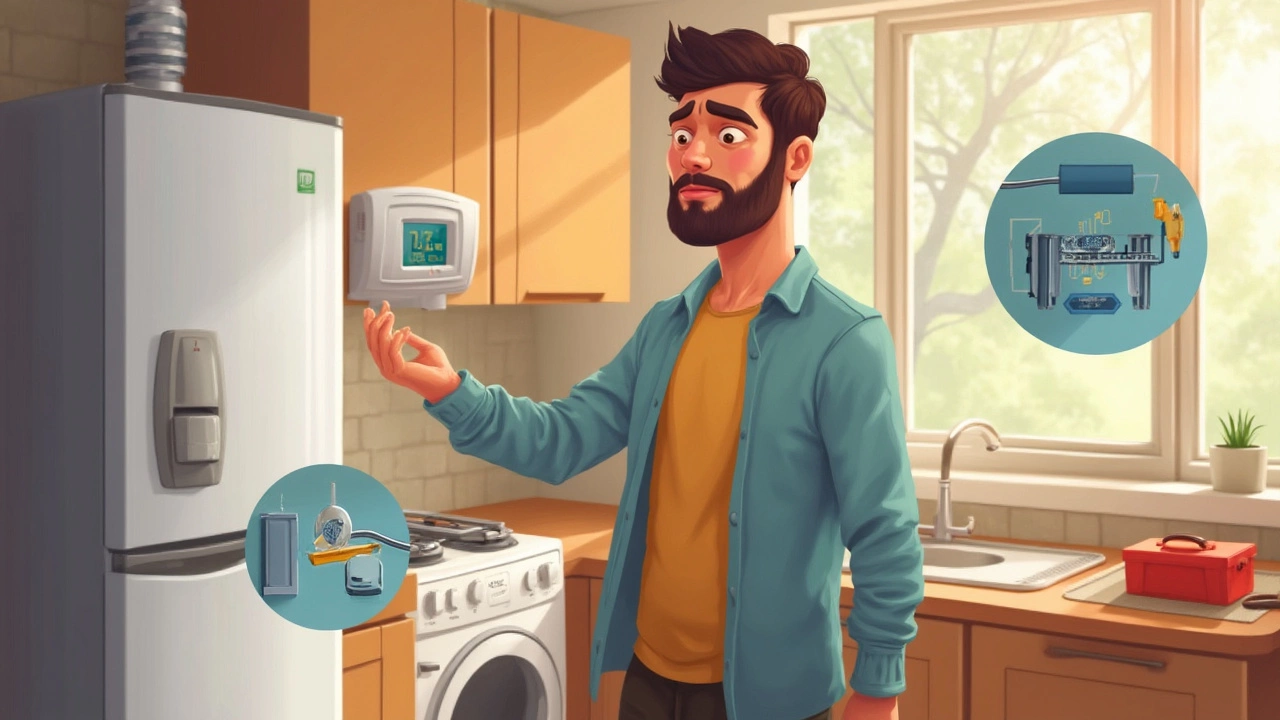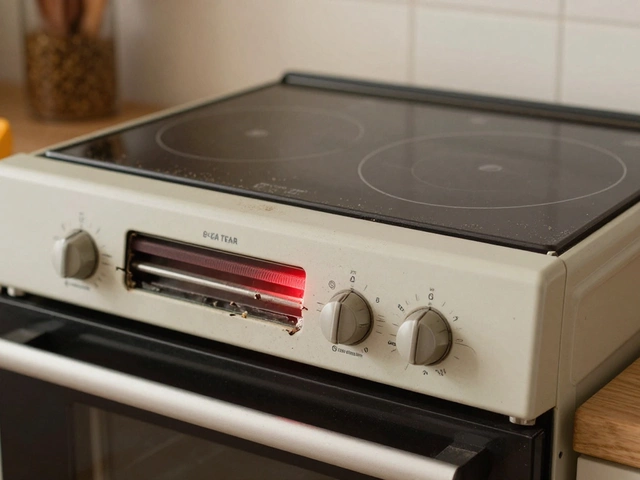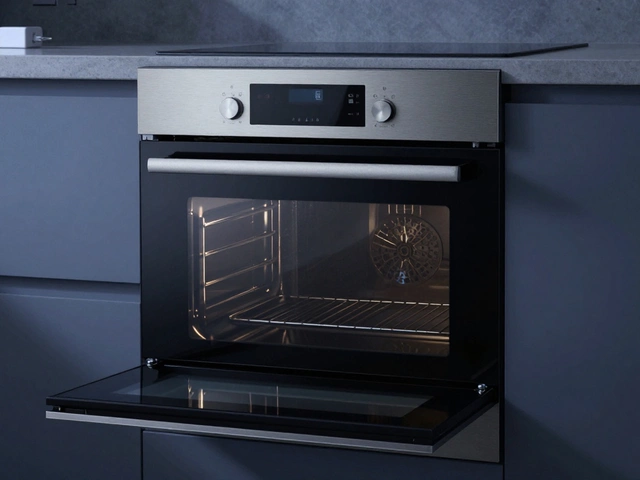Cold Water Heater: Definition, How It Works, and What to Watch For
When dealing with cold water heater, a device that stores and delivers chilled water for domestic use. Also known as chilled water heater, it plays a vital role in homes that need a steady flow of cool water for showers, baths, or appliances. Understanding its purpose helps you spot problems before they turn into costly repairs.
Another core element is the hot water supply, the system that delivers heated water to taps and radiators. The hot water supply works hand‑in‑hand with the cold water heater because most homes blend the two to reach a comfortable temperature. When the mixing valve misbehaves, you might get scalding water or a lukewarm shower, so keeping both sides balanced is essential.
Key Aspects of Cold Water Heater Maintenance
The boiler, a heat source that powers the hot water circuit directly influences how the cold water heater functions. If the boiler loses pressure or fails to fire correctly, the blended water temperature can drop below safe levels, triggering the safety valve on the cold water heater. Regular boiler servicing therefore protects both hot and cold water streams.
Every cold water heater relies on a water temperature valve, a device that mixes hot and cold water to a set temperature. This valve is the brain behind the scenes; it decides whether you get a refreshing chill or a steaming gush. Faulty valves cause temperature swings, noisy operation, or even leaks. Spotting a stuck valve early saves you a week‑long dip in an icy bath.
When something goes wrong, you’ll likely need appliance repair, professional service that restores function to household devices. Skilled technicians can diagnose valve wear, clean sediment from the tank, and check for insulation damage. Skipping professional help often leads to recurring issues, higher energy bills, and a shortened heater lifespan.
Energy efficiency is another piece of the puzzle. Modern cold water heaters come with insulated wraps and smart controls that cut standby losses by up to 30 %. Pairing an efficient unit with a well‑tuned boiler and a calibrated mixing valve reduces your monthly utility costs and keeps the water at the right temperature without waste.
Common complaints include “no hot water” in the shower while the sink stays warm, or a sudden burst of cold water from the tap. These symptoms usually point to a failing water temperature valve, a pressure drop in the boiler, or sediment build‑up inside the cold water heater tank. Simple DIY checks—like feeling the pipe for temperature fluctuation or listening for unusual noises—can tell you whether you need a quick fix or a professional call.
Below you’ll find a curated set of articles that dive deeper into each of these topics. From diagnosing why your hot water works in the kitchen but not the bathroom, to understanding when a boiler replacement becomes inevitable, the posts cover practical tips, cost breakdowns, and step‑by‑step guides. Keep reading to arm yourself with the knowledge you need for a reliable, comfortable water system in your home.
Struggling with a water heater that's only giving you cold water? Don't sweat it! This handy guide walks you through some simple fixes that might save you a call to the plumber. You'll learn how to spot common issues like a tripped thermostat or a faulty heating element. Plus, get tips on when it's time to seek professional help.


